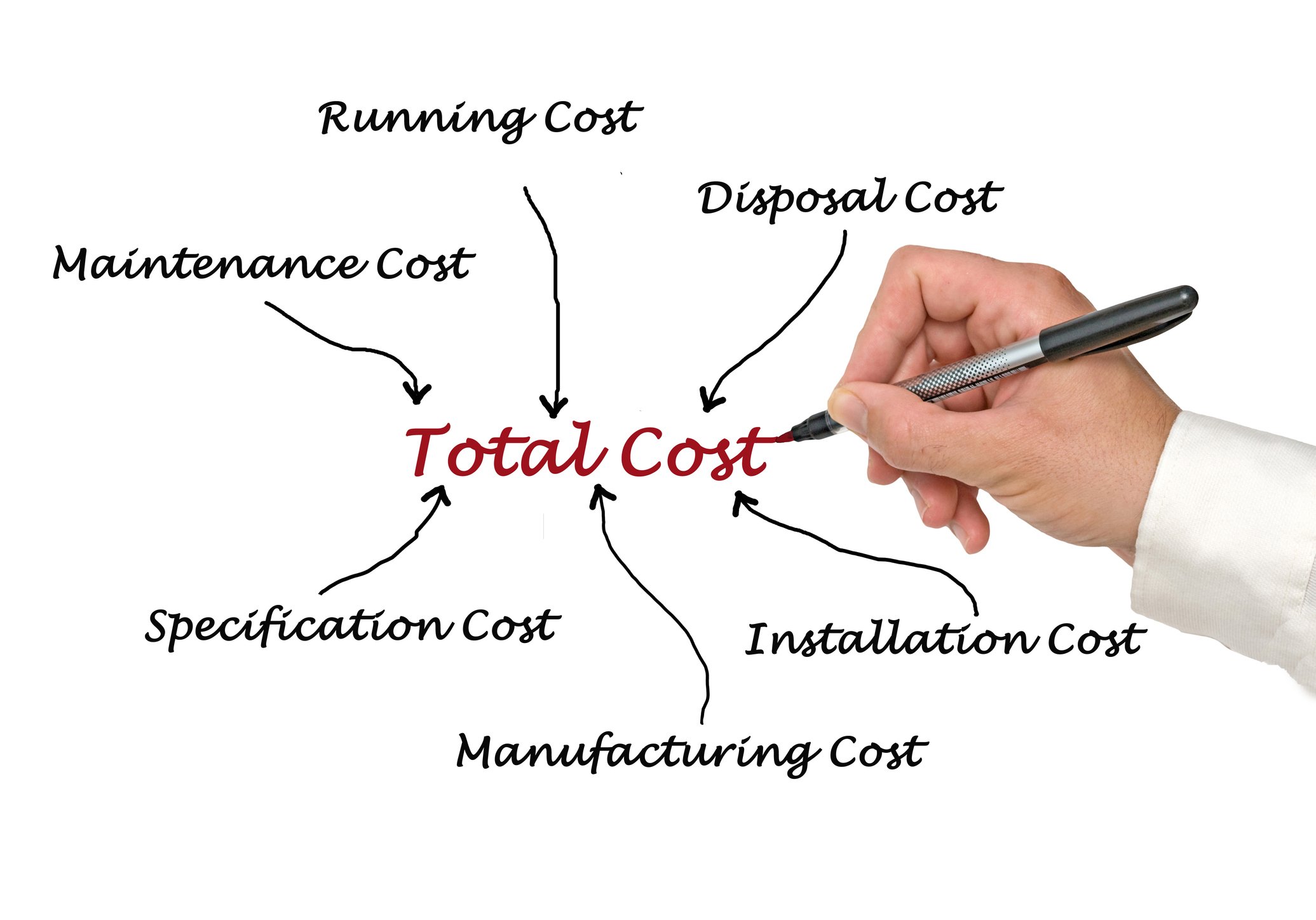Probably one of the most frequently asked questions in any language is, “how much does it cost.” Usually, what is meant is “what is the price” but learning about cost is probably the better question. When purchasing capital equipment one of the first questions is “can I have a quotation?” And that begins this discussion of cost-of-ownership (CoO).
Quotations
A quotation provides a system purchase price but it is only one part of the cost-of-ownership. We as consumers have tended to focus only on the price, but it seems that trend is changing and a product lifetime costs are considered more and more. For example, today we see stickers on appliances estimating the energy costs per year.
Getting a budgetary quotation for a semiconductor processing system is an early step in the capital equipment purchasing cycle. Often this quotation is a simplified document and is requested when a proposal or grant request is being written. Sometimes a more detailed quotation is needed at this step. As the process becomes more serious there are frequently questions about maintenance, spare parts, service, and training.
Cost-of-Ownership Calculations
For etch or deposition systems, customers may perform a CoO calculation so that their organization may make long term budget plans. The calculation is based on a set of assumptions and a model that describes the calculation inputs. Although there are standard models, there is rarely a one size (method) that fits all.
Depending on the size of the organization and the expectations for the systems (R&D vs. pilot production vs. high volume production) different models for CoO are used. As a result, CoO model complexities vary significantly. The global industry association representing the electronics manufacturing and design supply change, SEMI, has a model, but it is fairly complex and detailed.
At the other end of the scale, some companies simply look at throughput divided by footprint and capital cost. They use footprint as the tools are going into a cleanroom and there are some rough guidelines that estimate cost per area.
Some start building their CoO model up from this simple approach and include things like depreciation costs (5 year or 7 year depending on accounting rules) and annual operating costs. Some models start to drill down to incredible detail about electrical power usage, gas usage, and water.
Capital costs can vary significantly as to the type of module, handler size, number of modules, and all the options regarding number of gases, clamping, pump sizes, endpoint, brand of the handler, and number of handler facets.
One of the difficult parts of calculating CoO is understanding the time the equipment is productive, frequently referred to as “uptime.” These models are also complex as there are many different levels of status for a system. Inputs such as mean time between cleans (MTBC) and mean time to clean (MTTC) depend very much on the specific process. For example a process with low selectivity and deep etch may prompt a more frequent clean when compared to a process with higher selectivity.






